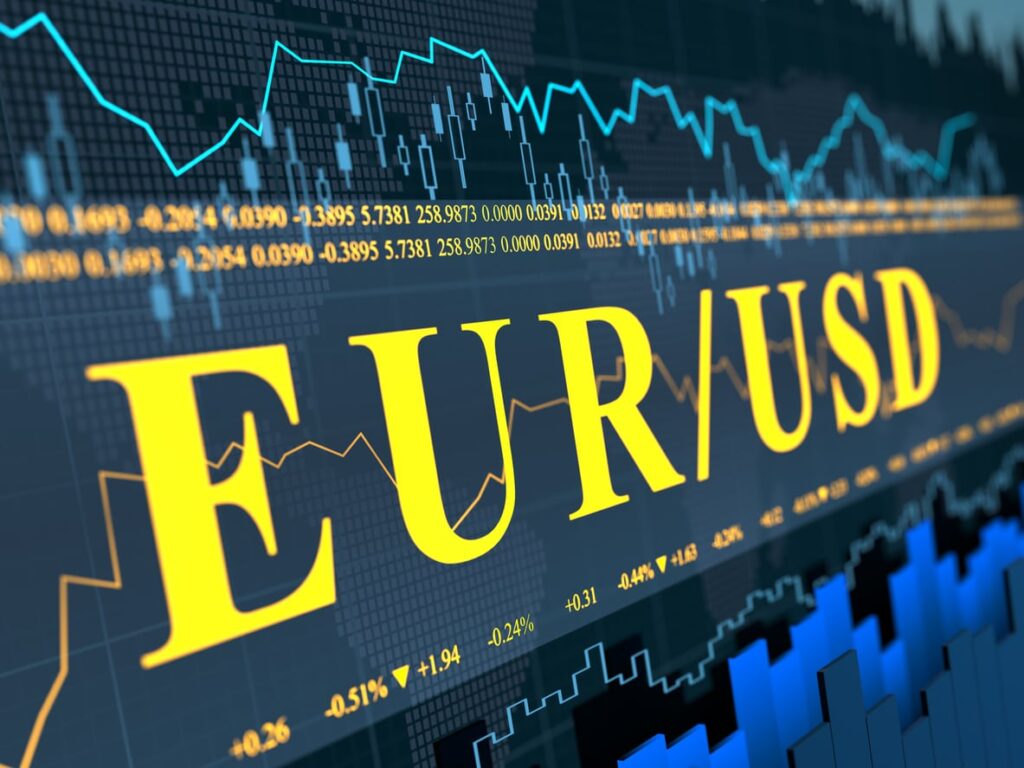
The EUR/USD market often moves in waves. These moves are rarely in a straight line, and traders must learn how to measure the pullbacks that happen along the way. This is where Fibonacci retracements become incredibly useful. Based on a mathematical sequence that appears throughout nature and financial markets, Fibonacci levels can help traders pinpoint likely areas of support and resistance during a trend. For anyone looking to sharpen their technical approach to EUR/USD, mastering these levels is a valuable skill.
The Logic Behind Fibonacci Tools in Forex
Fibonacci retracements are drawn from a significant low to a significant high during an uptrend, or from a high to a low during a downtrend. The tool then displays horizontal lines based on percentage values, such as 23.6, 38.2, 50.0, 61.8, and 78.6. These percentages indicate how much of the previous move has been retraced.
In EUR/USD trading, these levels often become reaction zones. When price pulls back to a Fibonacci level, it may either bounce or break, depending on the broader trend and sentiment. Traders who understand these zones do not use them in isolation but instead combine them with price action or indicators for confirmation.
Spotting the Swing Points That Matter
To draw effective Fibonacci retracements, you must start with clear swing points. These are obvious highs and lows where price reversed direction significantly. Many traders make the mistake of drawing Fibonacci tools on small, insignificant moves, which can lead to unreliable signals.
In a strong uptrend, for example, a trader might connect the recent swing low to the swing high to measure potential support zones on the pullback. In a downtrend, the opposite applies. In EUR/USD trading, it is important to use the tool on clean, structured moves to keep the results meaningful and actionable.
Key Fibonacci Levels That Deserve Your Attention
Not all Fibonacci levels carry equal weight. In forex, the most widely respected levels are 38.2, 50.0, and 61.8. The 61.8 percent retracement level, known as the “golden ratio,” is particularly significant and often acts as a major turning point.
Traders often look for price to stall or reverse around these levels, especially if there is confluence with a moving average, a trendline, or previous support and resistance. In EUR/USD trading, these levels often coincide with economic news or central bank announcements, which can intensify their impact.
Combining Fibonacci with Market Context
While Fibonacci levels can be powerful, they are not magic. Their effectiveness increases dramatically when combined with other forms of analysis. For example, if price pulls back to the 50.0 level and also shows a bullish engulfing candle, the chances of a reversal increase. If the 61.8 level lines up with a key moving average and a psychological price level like 1.1000, the trade setup becomes even stronger.
Traders who succeed in EUR/USD trading with Fibonacci retracements are those who wait for multiple signals to align. They do not enter trades based on Fibonacci alone but use the levels as part of a broader decision-making framework.
Patience and Practice Refine the Skill
Like all tools in trading, Fibonacci retracements take practice. New traders often draw them too often or in the wrong places. With time and repetition, your ability to identify quality swing points and match them with high-probability zones will improve.
The goal is not to find every retracement but to recognize the ones that offer the most potential. In EUR/USD trading, where the pair respects structure well, Fibonacci retracements offer an elegant and time-tested method for improving entries and exits. They help you trade with structure, not emotion, and that alone gives you an edge.

